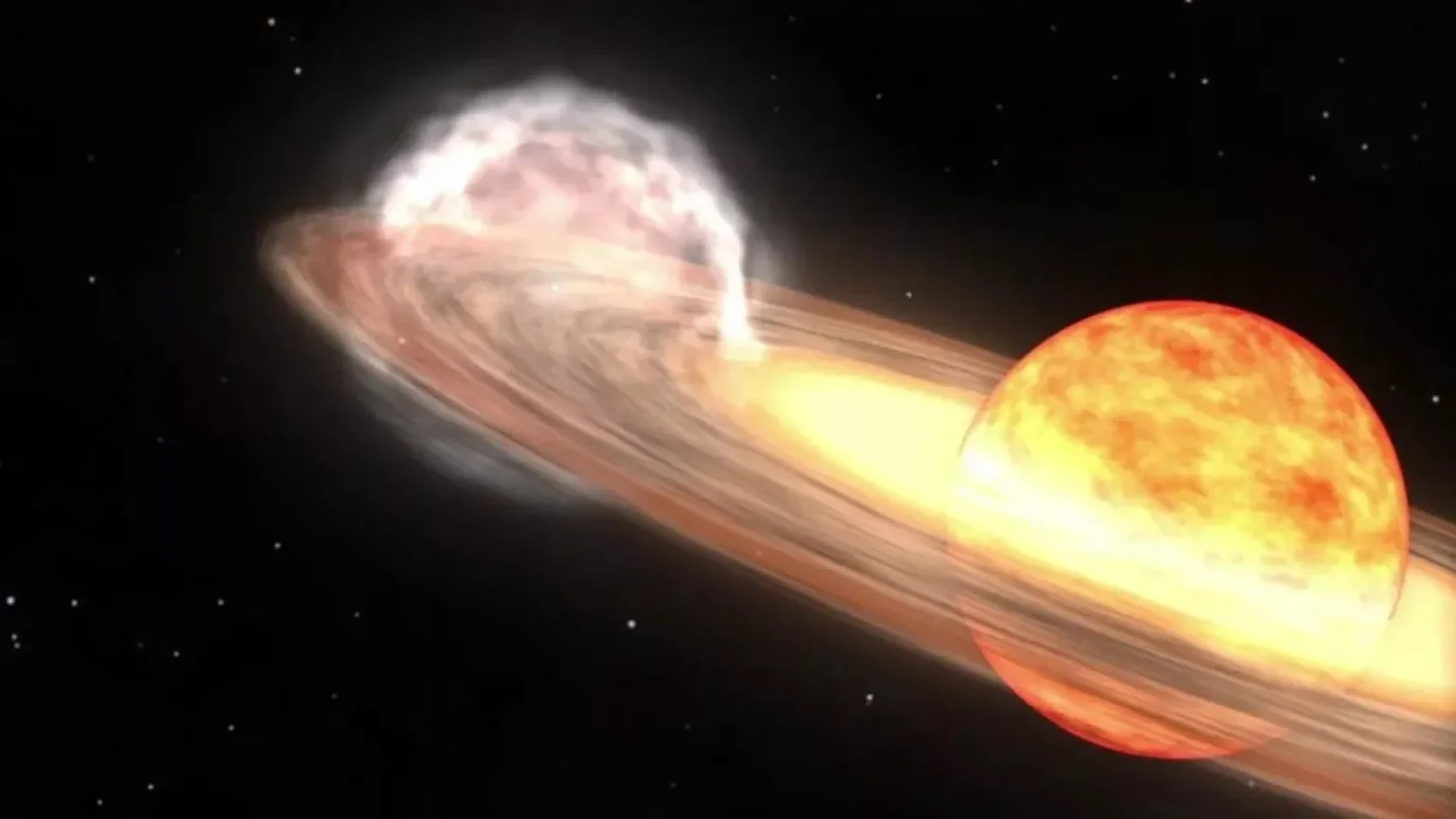Astronomers are eagerly anticipating the explosion of T Coronae Borealis, a nova located 3,000 light-years away, for the first time in nearly 80 years.
Known as the Blaze Star, T Coronae Borealis is a binary star system consisting of a white dwarf that siphons energy from a nearby red giant. This energy transfer will eventually trigger a thermonuclear explosion, an event that occurs roughly every 80 years. During this “nova,” the star will brighten and become visible to the naked eye for about one to two weeks before fading once more.
However, this explosion is not a supernova, which marks the end of a star’s life. In this case, the white dwarf remains intact, continuing a cycle that could last tens or even hundreds of thousands of years.
“This is a once-in-a-lifetime event that could inspire a new generation of astronomers,” said Dr. Rebekah Hounsell, a NASA research scientist specializing in nova events. She noted that witnessing such a cosmic event could encourage young people to explore the universe by observing, asking questions, and collecting their own data. “It will fuel the next generation of scientists,” she added.
In 1946, the Blaze Star briefly dimmed before erupting. Recently, in 2023, the American Association of Variable Star Observers (AAVSO) reported a similar dimming, indicating that another explosion could occur soon. NASA astronomers had estimated the event might happen by September 2024, but as of now, there’s no confirmation that the explosion has taken place.
NASA’s Fermi Gamma-ray Space Telescope, along with the European Space Agency’s INTEGRAL telescope, will monitor the event when it occurs. Elizabeth Hays, head of NASA Goddard’s Astroparticle Physics Laboratory, said this coordinated effort will allow astronomers to study the explosion from multiple perspectives. “Most novae are so faint and distant that it’s hard to pinpoint where the energy is concentrated,” Hays explained. “This one is relatively close, and with so many instruments observing it, we hope to gain valuable data to better understand the structure and processes involved. We can’t wait to capture the full picture.”
